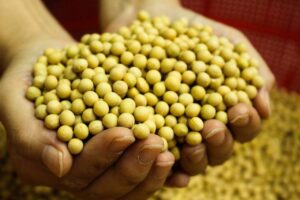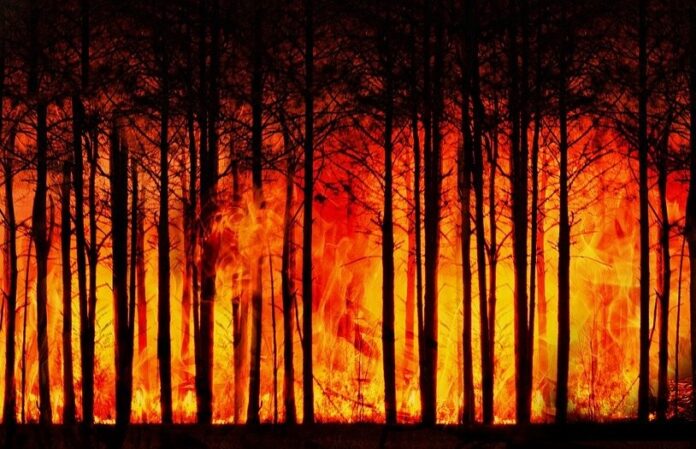A new study by Brazil’s National Institute for Space Research has made a shocking revelation. Its team of scientists has found that the Amazon rainforest is now emitting more carbon that it is absorbing.
The study entitled ‘Amazonia as a carbon source linked to deforestation and climate change’ shows that deforestation has reduced the Amazon rainforest’s ability to absorb CO2 from the atmosphere.
Their research reveals that out of the four regions studies over a period of nine years, the dry season in regions with deforestation around 30% or higher is getting drier, warmer and longer, representing a period of great stress for the forest. These regions are also emitting 10 times more carbon than regions with less than 20% deforestation.
The emissions are a result of both forest fires and lower absorption of CO2 by the forest. Deforestation causes a longer dry season, which in turn promotes an increase in the flammability of the forest and the mortality of trees native to humid tropical forest.
The region worst affected by deforestation is on the southeast, where the forest already represents a source of carbon for the atmosphere and is increasing every year, in addition to presenting the largest extensions of burned forest area. Since this region of the Amazon is degrading extremely fast killing trees in the area, it is now a major cause of concern.
The study shows that the regions within Amazon today represents largest carbon emission source, mainly due to burning. It is releasing billions of tons of C02 each year into the atmosphere.



Forest fires are mainly caused by human activity when land is cleared to make way for soy production to feed the livestock. Brazil is one of the largest exporters of timber, beef and soy and most of it comes from Amazon.
A recent research estimated that Brazil’s soy industry is losing $3.5 billion every year due to the intense heat that follows forest destruction. “We need a global agreement to save the Amazon,” Luciana Gatti, who led the research, said. The country is also facing pressure from European nations to prevent Amazonian destruction.
Researchers used small planes to collect approximately 8,000 samples from 4.4 km area in four locations in the Amazon. The long period of study chosen was due to the observation, in previous studies, that the Amazon presents great year-to-year variability in the carbon balance.
The fact that Amazon rainforest, which was once one of the largest carbon sinks on the Earth is now turning into a C02 emitter, is a stark reminder of climate change due to human activity. Minimising deforestation would increase the capacity of the Amazon rainforest to absorb carbon, resulting in increased rainfall and reduced temperature, which in turn further increases the capacity to absorb carbon forming a positive cycle, not only for the Amazon, but also for the rest of Brazil, South America, and the planet, as we are all interconnected.



